
This piece was first published in our news digest, The Front Page. To get our latest scoops, investigations, and columns in your inbox every morning, Monday through Thursday, become a Free Press subscriber today:
From the late 1940s to the early 1960s, baseball’s greatest era, Willie Mays was baseball’s greatest player. That was before football and basketball began to encroach on baseball as America’s pastime, when all the best athletes were baseball players, and when all the sports-crazed kids like me couldn’t wait for the afternoon paper to arrive so that we could scour the latest baseball statistics. That golden age saw such legends as Ted Williams, Joe DiMaggio, Jackie Robinson, Hank Aaron, and Mickey Mantle in the prime of their careers.
And yet Mays, with his combination of speed, power, daring, and defensive prowess, stood above them all. If you were on social media after his death was announced, you no doubt saw grainy black-and-white video of “The Catch,” his incredible over-the-shoulder, on-the-full-run grab during the 1954 World Series. In truth, he made plays like that regularly. He had a lifetime batting average over .300—a rare feat. At his retirement, his 660 home-run count was third only to Hank Aaron and Babe Ruth. He was an All-Star 24 times. For most of his career, no player was more exciting to watch, not even Robinson.
But there is another aspect of his life that I’d like to dwell on. At the age of 17, Mays made his professional debut with the Birmingham Black Barons in the Negro Leagues. Having grown up in Alabama during the Jim Crow era, Mays’ working assumption was that the Negro Leagues was all he could aspire to. “I thought that’d be the highest level I’d reach,” Mays told the co-author of his biography decades later. My dad used to take me to the games, so Rickwood Field [where the Black Barons played] meant a lot to me.”
In 1947, however, the Brooklyn Dodgers signed Jackie Robinson, finally breaking baseball’s color barrier. Mays played three seasons with the Black Barons before being signed by the Dodgers’ rival, the New York Giants, in 1950.
There would eventually be more than 50 Negro League players who made it to the major leagues—but there were so many others who never had that chance. How would the great catcher Josh Gibson have fared in the major leagues had he been able to play? His likely dominance is so universally accepted that in 1972, he was inducted into baseball’s Hall of Fame. (His lifetime batting average was .372.) And there were others, too, plenty of them; there is little doubt that the best Negro League teams could have held their own against major league teams. But those players played before Jackie Robinson broke the color barrier, so they never had the chance to show the larger world what they could do.
Today, the St. Louis Cardinals will play Willie Mays’ old team, the San Francisco Giants, at, yes, Rickwood Field. The game is meant to “pay tribute to the Negro Leagues,” according to major league commissioner Rob Manfred. It was also originally meant to honor the Black Barons’ “greatest living player,” Willie Mays. Mays’ death just days before the game will only heighten the emotional impact of the day.
“It’s sure something that it worked out this way,” Dusty Baker, Mays’ close friend and a former Giants manager, told USA Today. “Willie’s presence here will be stronger than ever.”
Joe Nocera is a columnist for The Free Press. Read his piece “The Humiliating Cross-Examination of SBF,” and follow him on X @opinion_joe.


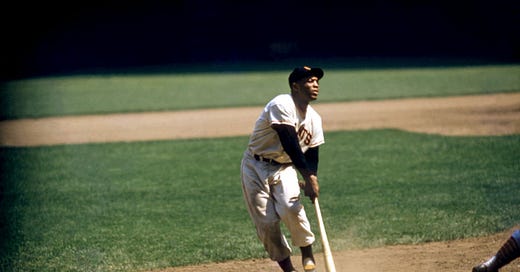




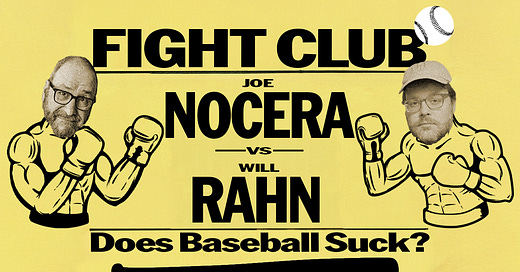

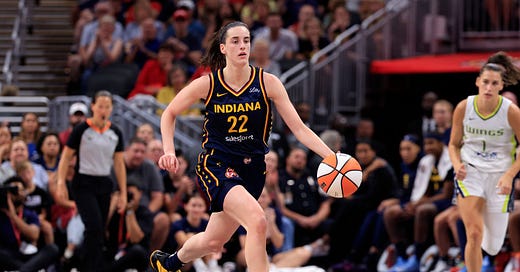

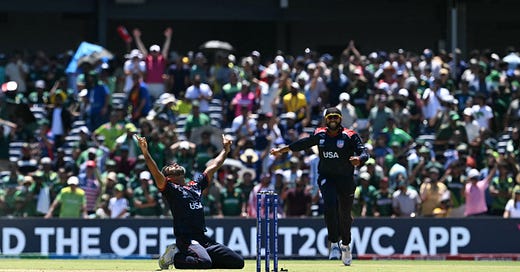

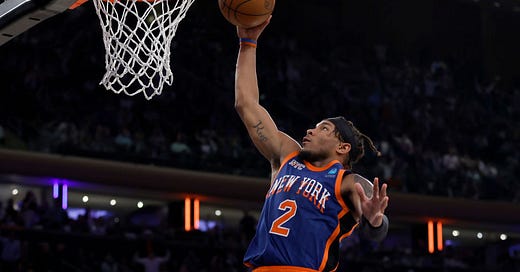
"The Jim Crow Era" is when the southern states were all controlled by Democrats. Make the point TFP losers... Don't hide from who you really are...
The Democratic Party of America, DELENDA EST!
My late dad played baseball a an adult with a local group in Cleveland Ohio. Loved Willie Mays and the game. As an older man he could quote statistics of many players and knew the history of baseball well. Miss him. Now our hero is on to the next inning too. ❤️